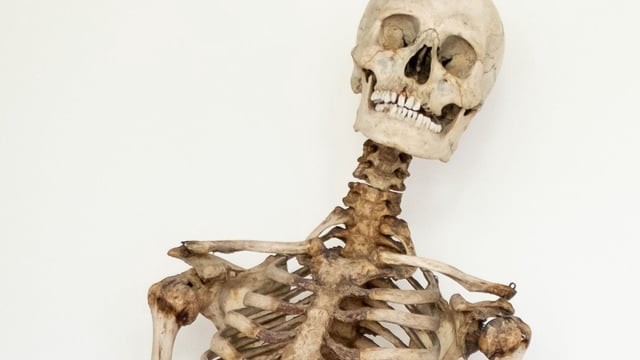Overview
- The skeleton of Schinderhannes, a notorious 19th-century German bandit, has been definitively identified using genetic analysis involving a living descendant.
- The misidentification occurred in the early 19th century due to a labeling error by Friedrich Tiedemann at the University of Heidelberg.
- The original skeleton has been removed from public display for conservation, with a replica now exhibited at the university's Anatomical Collection.
- A second skeleton, previously thought to belong to Schinderhannes, was found to belong to a man killed by a sword, leaving its identity unresolved.
- The Hunsrück Museum recently acquired the guillotine blade believed to have executed Schinderhannes in 1803, enriching the historical narrative.
